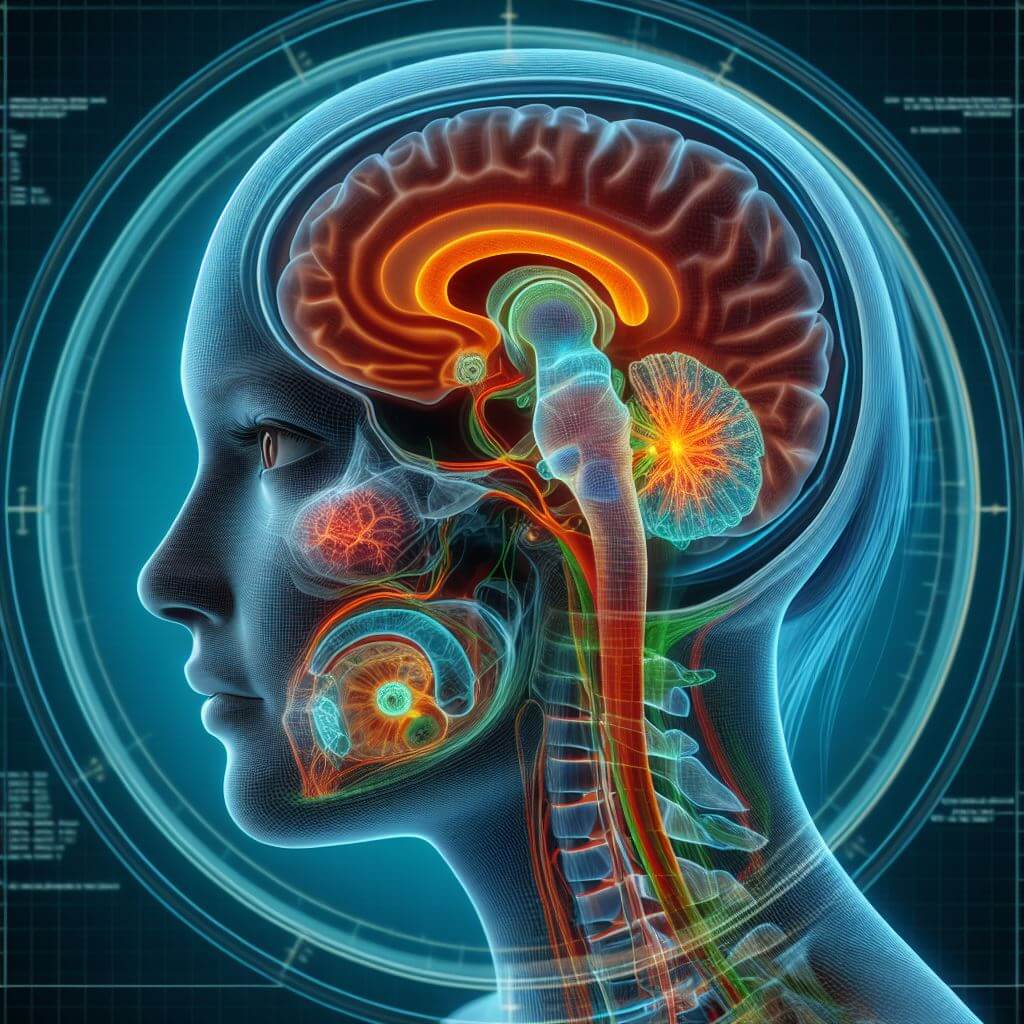Electrodynamic Imaging Spectroscopy (EIS) is a non-invasive scanning technique that captures the internal composition of objects. In this technique, an electric current flows between a pair of electrodes, creating an electromagnetic field. Then additional electrodes register disturbances of this field caused by anomalies inside the substance.
Compared to other diagnostic tools such as X-ray scans, CT scans, and MRIs, EIS stands out for its affordability and simplicity, as it does not require the use of massive magnets and harmful radiation. This makes it particularly promising for the non-invasive evaluation of complex cement-based structures. However, the main obstacle of EIS is to accurately reproduce the collected data into an image. Commonly used methods are the one-step Gauss-Newton strategy, primal dual interior point strategy, and iterative Gauss-Newton (IGN) strategy. These calculations can sometimes give results with a small error.
 To overcome this limitation, researchers have experimented with machine learning approaches, including one-dimensional convolutional neural networks (1D-CNN). These methods have difficulty handling completely new data sets, which can degrade their performance. In response to these limitations, Associate Professor Takashi Ikuno and his team—Keiya Minakawa, Keigo Ohta, Hiroaki Komatsu of TUS, and Associate Professor Tomoko Fukuyama of Ritsumeikan University—all from Japan—developed a new hybrid EIS method called AND. This new method combines the strengths of IGN and 1D-CNN.
To overcome this limitation, researchers have experimented with machine learning approaches, including one-dimensional convolutional neural networks (1D-CNN). These methods have difficulty handling completely new data sets, which can degrade their performance. In response to these limitations, Associate Professor Takashi Ikuno and his team—Keiya Minakawa, Keigo Ohta, Hiroaki Komatsu of TUS, and Associate Professor Tomoko Fukuyama of Ritsumeikan University—all from Japan—developed a new hybrid EIS method called AND. This new method combines the strengths of IGN and 1D-CNN.
AND demonstrated its power by significantly reducing the error in determining the size of small inclusions in a sample—more than six times compared to traditional EIS methods—when the foreign object had a cross-sectional area ratio of 5×10^-4. Their study was published in the Jan. 12, 2024, issue of AIP Advances. “When we consider disaster prevention measures, it is extremely important to analyze the degradation of the infrastructure created during previous economic booms,” Ikuno points out. His breakthrough in EIS methodology not only improves its capabilities as a damage detection tool but also helps prevent structural failure.
The command AND method deploys two-dimensional logical operations on a series of EIS-generated images to detect small anomalies within objects. In their experiments on real cement samples, they compared AND with IGN and 1D-CNN methods using both simulated and actual datasets. The simulations revealed significant inaccuracies for the IGN method, especially due to the reduction in the size of internal defects. AND, on the other hand, provided a more accurate reconstruction of the locations and sizes of these defects when compared to IGN and 1D-CNN.
Experimentally, AND and 1D-CNN outperformed IGN in terms of accuracy. The researchers also pointed to another way to improve the accuracy of EIS by changing the electrical current input patterns. By varying the distribution of the electromagnetic field and combining this process with other non-destructive examination (NDE) techniques, the detection of the size and location of intrusions can be greatly improved. This goal is part of their ongoing research. Dr. Ikuno emphasizes, “While EIS may not match the resolution of other NDE techniques, it offers significant advantages in terms of equipment size and cost. It promises better detection of internal inconsistencies, which could lead to more frequent structural integrity checks.”
EIS can also be rapidly deployed for immediate safety assessments following natural disasters or disruptive events. In addition, its simplicity can allow for rapid training of inspectors and users. The successes achieved in EIS highlight its potential as a key method for preventing building collapse and ensuring public safety in the years to come.
